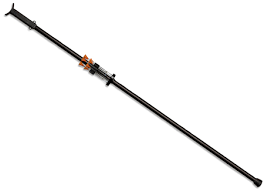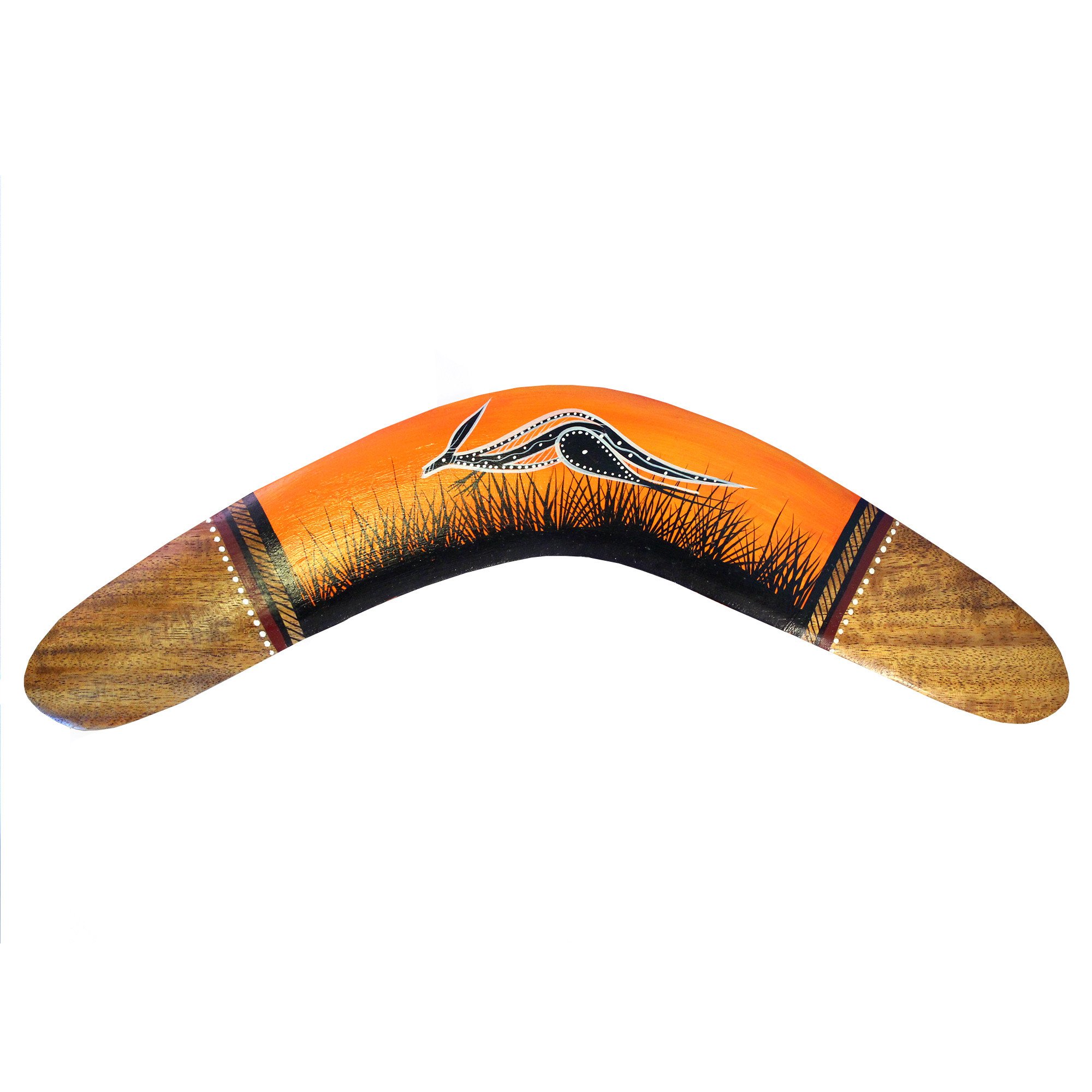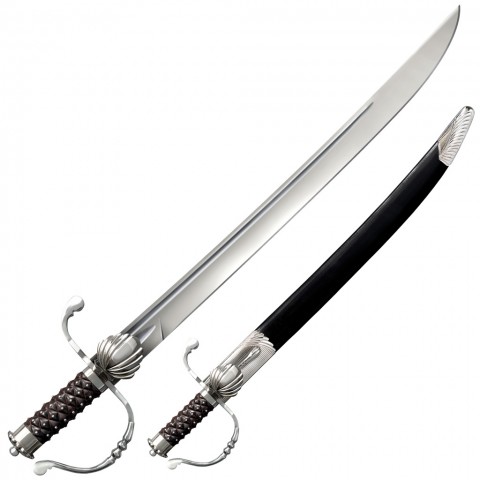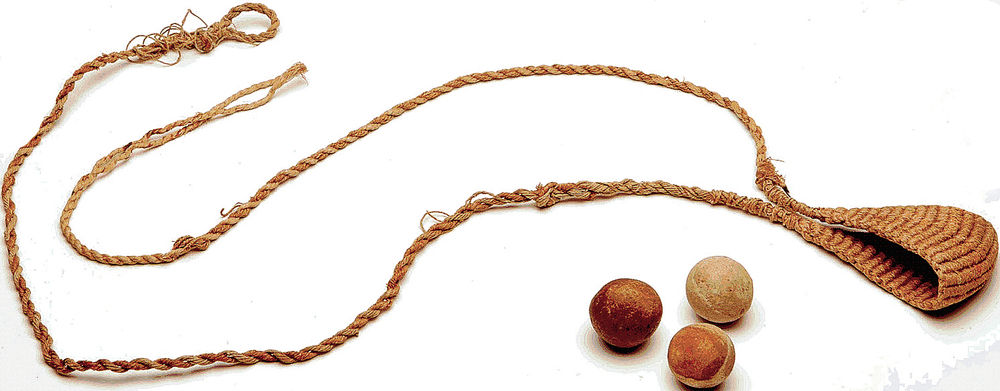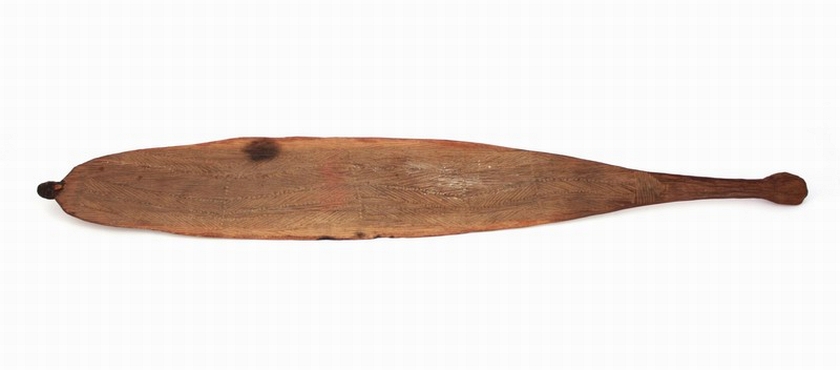The oldest undisputed evidence for hunting dates to the Early Pleistocene, consistent with the emergence and early dispersal of Homo erectus, about 1.7 million years ago (Acheulean).[7] While it is undisputed that Homo erectus were hunters, the importance of this for the emergence Homo erectus from its australopithecine ancestors, including the production of stone tools and eventually the control of fire, are emphasized in the so-called “hunting hypothesis” and de-emphasized in scenarios that stress omnivore and social interaction
Hunting
History
There is no direct evidence for hunting predating Homo erectus, in either Homo habilis or in Australopithecus. The early hominid ancestors of humans were probably frugivores or omnivores, with a partially carnivore diet from scavenging rather than hunting. Evidence for australopithecine meat consumption was presented in the 1990s. It has nevertheless often been assumed that at least occasional hunting behavior may have been present well before the emergence of Homo. This can be argued on the basis of comparison with chimpanzees, the closest extant relatives of humans, who also engage in hunting, indicating that the behavioral trait may have been present in the Chimpanzee–human last common ancestoras early as 5 million years ago. The common chimpanzee (Pan troglodytes regularly engages in troop predation behaviour where bands of beta males are led by an alpha male. Bonobos (Pan paniscus) have also been observed to occasionally engage in group hunting, although more rarely than Pan troglodytes, mainly subsisting on a frugivorous diet. Indirect evidence for Oldowan era hunting, by early Homo or late Australopithecus, has been presented in a 2009 study based on an Oldowan site in southwestern Kenya.
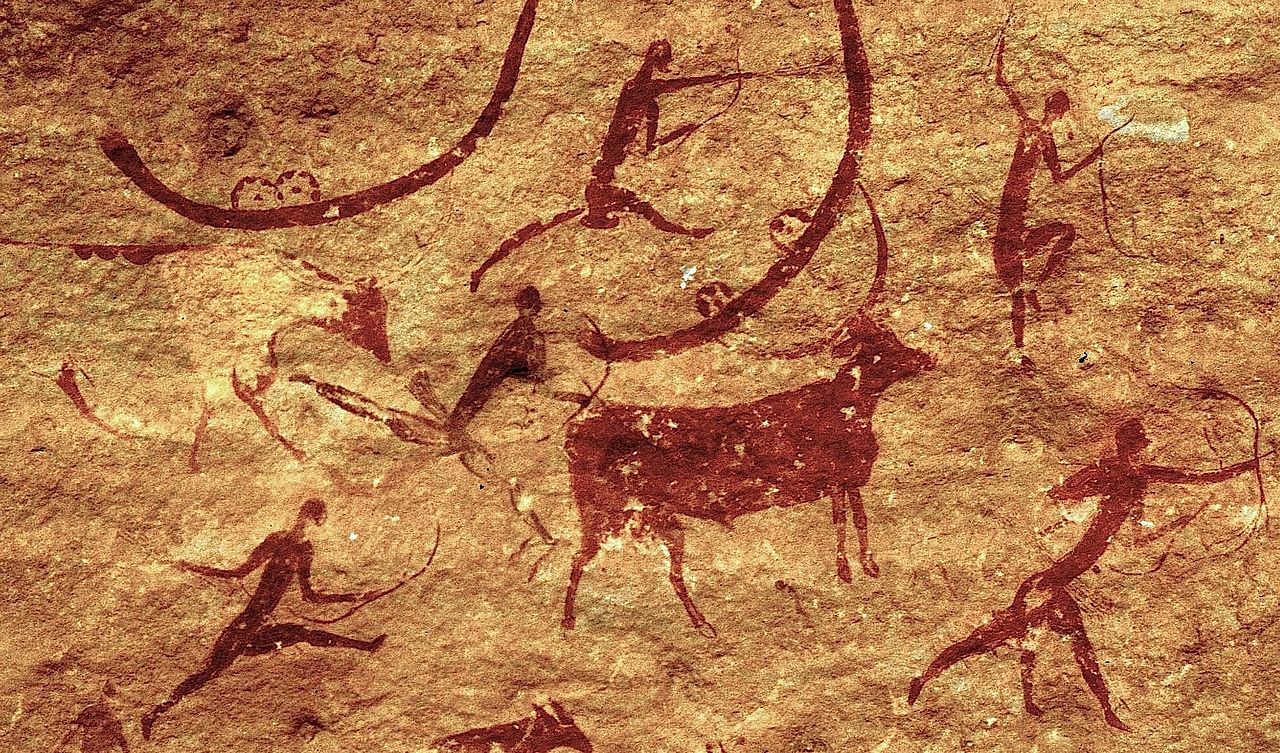
Rules
Hunting weapons are typically regulated by game category, the area within the state, and time period. Regulations for big game hunting often specify a minimum caliber or muzzle energy for firearms. The use of rifles is often banned for safety reasons in areas with high population density, limited topographic relief, or for hunting on bodies of water where the danger of ricochet exists. Specific seasons for bow hunting or muzzle-loading black-powder guns are often established to limit competition with hunters using more effective firearms. The state of Oklahoma, for example, has a three-and-a-half-month archery season, a 25-day muzzleloader season, and a 16-day modern gun season.
Equipments
- Atlatl
- Bolas
- Blowgun
- Bow (weapon)
- Boomerang
- Cutlass
- Hunting sword
- Crossbow
- Harpoon(for hunting marine mammals and Florida alligators)
- Muzzleloader
- Spear
- Slingshot
- Sling (weapon)
- Woomera (spear-thrower)
Associations
- Boone and Crockett Club
- Pheasants Forever
- Mule Deer Foundation
- Rocky Mountain Elk Foundation
- Quality Deer Management Association
- National Wild Turkey Federation

